Welcome back to the status quo ante. After an unexpectedly poor March, the US economy returned to its previous pace of job creation, adding 211,000 jobs in April according to today’s jobs report. However, nearly as many people left the workforce last month as got jobs within it.
In fact, March turned out to be worse than previously reported:
The change in total nonfarm payroll employment for February was revised up from +219,000 to +232,000, and the change for March was revised down from +98,000 to +79,000. With these revisions, employment gains in February and March combined were 6,000 lower than previously reported. Monthly revisions result from additional reports received from businesses since the last published estimates and from the recalculation of seasonal factors. Over the past 3 months, job gains have averaged 174,000.
While participation rates didn’t change much, it does appear that workers transitioned from part-time to full-time work in greater numbers. That follows a year-long trend away from part-time employment:
The labor force participation rate, at 62.9 percent, changed little in April and has shown little movement over the past year. The employment-population ratio, at 60.2 percent, was also little changed over the month but was up by 0.5 percentage point since December. (See table A-1.)
The number of persons employed part time for economic reasons (sometimes referred to as involuntary part-time workers) declined by 281,000 to 5.3 million in April. These individuals, who would have preferred full-time employment, were working part time because their hours had been cut back or because they were unable to find full-time jobs. Over the past 12 months, the number of persons employed part time for economic reasons has decreased by 698,000. (See table A-8.)
The official jobless rate (U-3) declined to 4.4%, its best showing in exactly ten years, but it’s a measure which is difficult to compare because of the change in composition of the work force. The U-6 rate, which compensates somewhat for those changes as well as counts underemployment, dropped significantly in April to 8.6%, the best reading since November 2007, just before the initial recession that led to the Great Recession.
Most of the job growth in April came in the service sectors. Goods-producing sectors only added 21,000 jobs, 10K of which came in mining and logging. The leisure and hospitality sector got the biggest boost, adding 55,000 jobs, with education and health services coming in second at 41,000. Hours and earnings also ticked upward, with the weekly earnings average rising five dollars, which is a positive sign if not particularly overwhelming in its impact.
Overall, this looks like pretty good news, but not spectacular and probably not a sign of a coming boom — yet, anyway. Excluding the big miss in March, it’s the weakest report in 2017 by a slight amount, and not a large amount over the maintenance rate for population growth (~125-150K). It’s certainly better than last month, and better than the last quarter of 2016, but it’s not gangbusters. It’s basically the status quo over the last two years, as this chart from BLS demonstrates:

Reuters took a more optimistic view of the results, which beat expectations by more than 20K, but predicts the Fed will raise interest rates after this report:
U.S. job growth rebounded sharply in April and the unemployment rate dropped to a near 10-year low of 4.4 percent, signs of a tightening labor market that could seal the case for an interest rate increase next month despite moderate wage growth.
Nonfarm payrolls jumped by 211,000 jobs last month, the Labor Department said on Friday, well above the monthly average of 185,000 for this year and a jump from the gain of 79,000 in March. …
The rebound in hiring supports the Federal Reserve’s contention that the pedestrian 0.7 percent annualized economic growth pace in the first quarter was likely “transitory,” and its optimism that economic activity would expand at a “moderate” pace.
The AP’s Christopher Rugaber calls the job creation pace “brisk,” but offers a more tempered view overall:
The figures suggest that businesses expect consumer demand to rebound after a lackluster first quarter, when Americans increased spending at the slowest pace in seven years, and will need more employees.
Still, average paychecks grew more slowly in April, increasing 2.5 percent over the past 12 months, below March’s year-over-year gain. Typically, employers are forced to pay more as they compete for a smaller pool of unemployed workers. Hourly pay gains are usually closer to 3.5 percent in a strong economy. …
Still, average hourly pay has remained well below the roughly 3.5 percent annual pay gains typical of a healthy economy. Inflation has also picked up, eroding even that limited income growth. With the unemployment rate low, companies may eventually have to pay more to attract and keep employees.
One trend that could hold back pay gains would be a flood of job-seekers coming off the sidelines and looking for work. That would give businesses more potential employees to hire, thereby reducing the need to pay more.
I’d dispute the “brisk” characterization, especially given the chart above, but Rugaber’s correct in the signals on personal consumable expenditures (PCEs). Service-industry businesses appear to be betting that consumer spending will rebound in services, even if not so much in goods. The slow wage growth might be temporary, though, as more workers transition from part-time to full-time work, trading hours temporarily for pay increases. If those bets don’t pay off, the first place we’ll likely see that is a reversal in the PT-FT trend and a freeze on wage growth.
Update: Hmmmm. Obama administration official Steve Rattner belatedly seems concerned over the low labor-force participation rate, especially among working-age men:
Despite strong jobs growth, LF Participation flat at 62.9%. In particular, decline of prime age men in LF is v concerning. via @jasonfurman pic.twitter.com/CvzNKrvqfD
— Steven Rattner (@SteveRattner) May 5, 2017
We were told for the last four years that the US has reached full employment, and that the LFPR was low because people had retired out of the workforce. Looks like that’s wrong … now that the Obama administration has exited the stage.
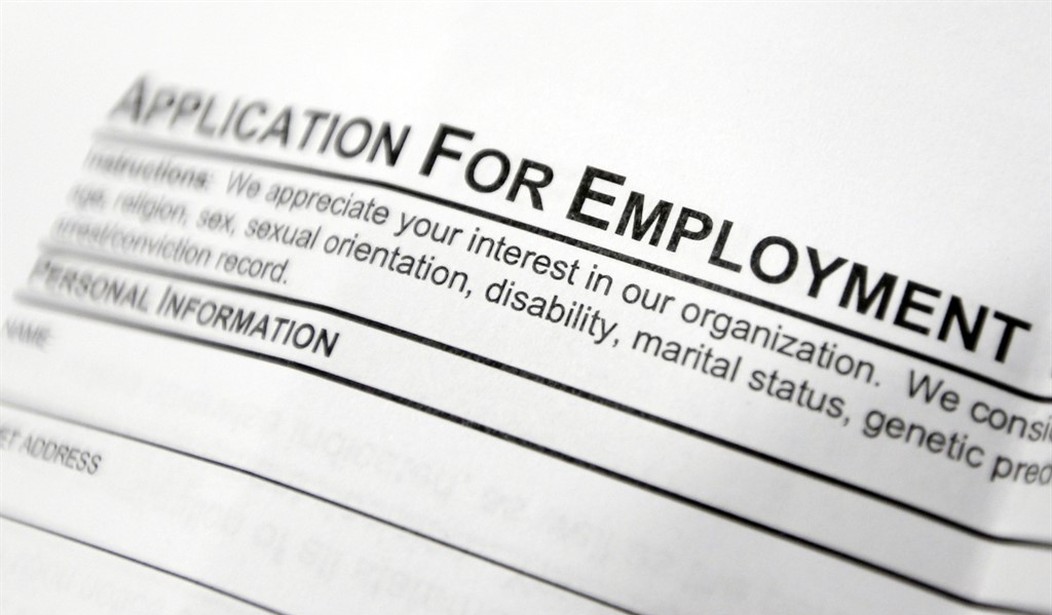
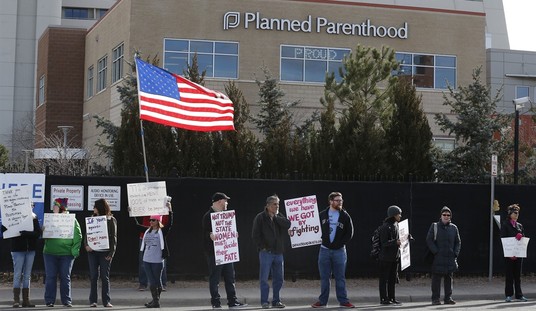
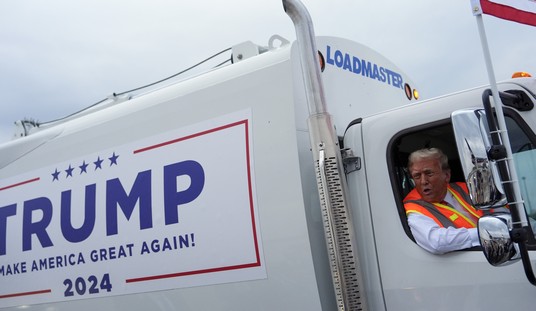
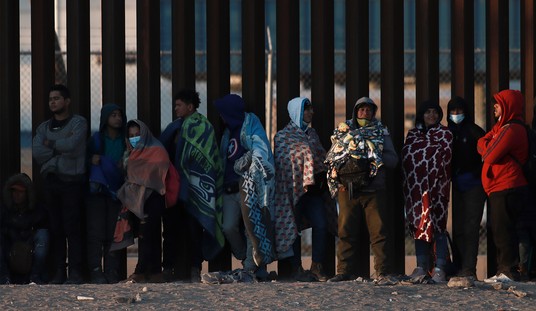


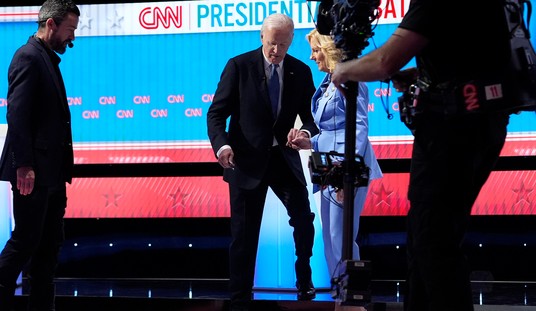
Join the conversation as a VIP Member